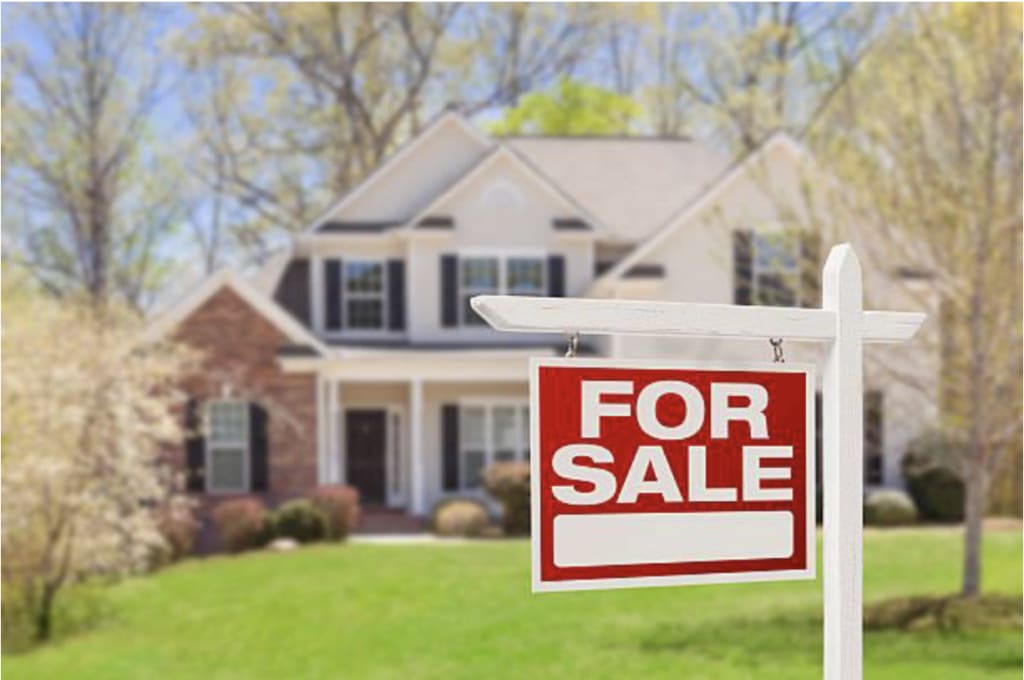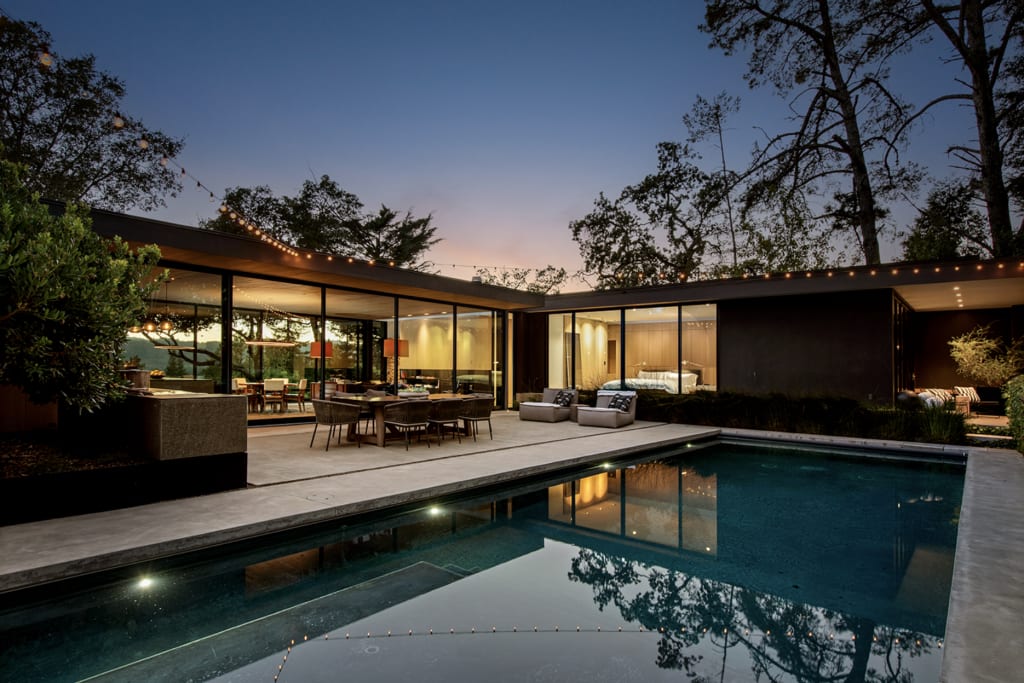If you have a home with a good sized yard and are thinking about investing in an ADU you will want to know three things:
- Would the building code allow an ADU to be built?
- how much would it cost to build?
- Would it be a good investment?
The good news is that at a state level the rules have become very relaxed, The bad news is that there are still some rules in Sonoma County that can trip you up which is what happened to me nearly five years ago. However, for most people, navigating the rules for building an ADU are pretty straight forward because of the extent to which the rules have been relaxed. Before we go into the rule changes, let's just define what an ADU is.
What is An ADU?
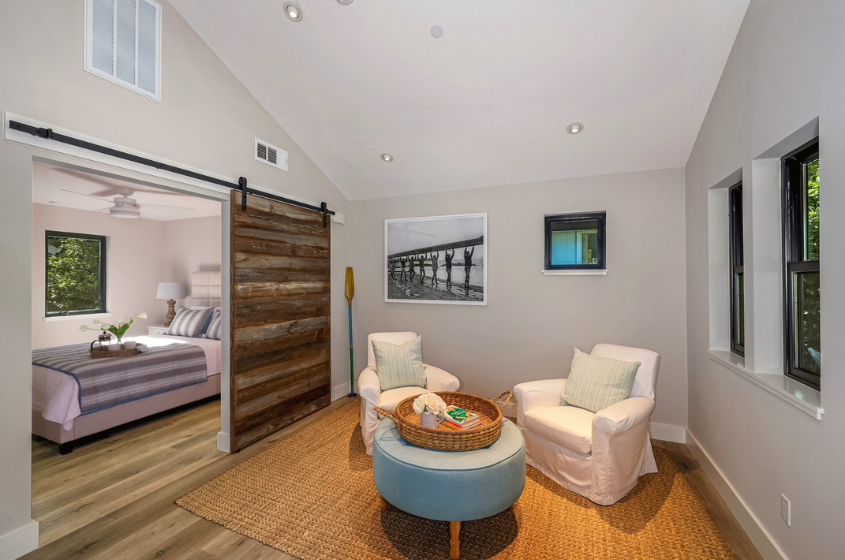
An ADU is an Accessory Dwelling Unit which is allowed on lots that have an existing (or proposed) primary residence. For any single lot, or APN number, you can only ever have one primary residence and one accessory structure as a living structure. That doesn't mean you won't find properties that have multiple buildings on them but the key is there can only ever be one living structure. For example you could have a home with a main home and an ADU as well as a pool house, a studio and a workshop. The important thing is that you can't have a third structure that includes a bedroom. You will definitely see properties that have a pool house that lives as a guest house with a bed in it but the county will not permit a third structure with a designated bedroom or indeed a full bathroom. That is why you will often see pool houses that have a half bath that connects to an outdoor shower (Hawaii style) because that is allowed.
When it comes to the specifications of an ADU there are a few which are fairly consistent between Sonoma County and different city jurisdictions which are as follows:
- 1200 sq ft is the maximum size
- The kitchen and bathroom must meet standard code requirements
- The ADU can be no taller than 16 feet (if it is detached)
I should say that while the maximum size is 1200 sq ft, most ADUs are considerably smaller. In fact I recently sold a development in Healdsburg that had 500 sq ft ADUs which are amazing. Here is a link to the River House project that I sold in Healdsburg. These ADUs are a great example of exactly how you can design a 500 sq ft ADU that works incredibly well aesthetically and functionally.

What Are The California ADU Rule Changes?
It was back in 2017 that the rules around building ADUs were first relaxed at a California state level, but then a few years later Gavin Newsom signed additional legislation that came into effect in 2020 and 2021 to make it even simpler for homeowners to build ADUs which removed even more barriers to homeowners building ADUs. It made many of the building restrictions imposed at a local level obsolete and helped streamline the actual process for building one.
1. Owner Occupancy No Longer Required
There is no longer a requirement for a property owner to live in the primary home or the ADU in order to build one. This is a key change that benefitted investors and landlords because they can now build ADUs on rental and investment properties. This is key to the goal of the state legislation to create more affordable housing by encouraging investors to buy homes with ADUs to rent them out or even build ADUs on existing properties.
2. Homeowner Associations Cannot Block An ADU
As long as your property is zoned for single family, you can now build and rent out an ADU regardless of what an HOA says. Similarly, in a city such as Healdsburg where many of the homes in the downtown area are subject to a historic preservation, the City of Healdsburg cannot prevent an ADU being built.
3. No Lot Coverage Rules
Many cities have rules around the percentage area of a lot that can be covered by dwellling structures. For example, in Healdsburg the lot coverage is limited to between 25% and 50% of the lot depending on the overall size of the lot as well as other factors such as the width.
The change in rules at a state level means that no local jurisdiction can now prevent the building of an ADU of 850 sq ft or less due to the ADU taking the percentage coverage of the lot over the city limit. This is one reason you see ADUs on properties that look like they are disproportionately large for the lot.
4. Reducing Set Back Requirements
California has also mandated that setback requirements for ADUs are reduced to 4 feet. This is typically less than standard rear and side setbacks in both Sonoma County and in cities. As you look around where you live and see ADUs, you will start to notice how close ADUs are to the sidewalk or the neighbors fence line. In virtually every instance, a primary home could likely never be so close to the neighbors lot line. While I understand the rationale for making it easier to build ADUs, it is hard not to feel sorry for some neighbor when they suddenly have a huge structure emerging right up agains their lot line. I think this is particularly true when you have an ADU being built on top of a garage.
5. Requirement to Reduce Fees
For ADUs smaller than 750 sq ft, local agencies are no longer allowed to charge impact fees which are the one-time fees that are often imposed on a developer to offset the impact of building on public infrastructure.
Local agencies can still charge fees for larger ADUs but they are required to be inline with the square footage of the ADU as a percentage of the primary residence.
To give you an idea of fees in Sonoma County, they are typically between $16,000 and $24,000 depending on the size. In Healdsburg, the city charges just under $15,000 for an ADU which is greater than 750 sq ft. Regardless of whether the ADU is being built in the county or in a city the permit fees will be significantly lower compared to other permits for a similar size of construction.
6. Faster Permitting
California also put in place maximum timescales for the processing of permits which were originally set at 120 days but have now been reduced to 60 days. If you have ever been through a permit process in Sonoma County this is rapid! If only there was the same requirement on all permits.
7. No More Parking Restrictions
If you build an ADU in an existing garage, carport or other parking structure, you no longer need to provide a replacement parking space. You’re also not subject to providing additional parking if the unit is within a half mile’s walking distance of public transit, is part of the existing primary residence, or is in a historic district.
Parking is not normally an issue in more rural settings but for example in downtown Healdsburg the previous requirement to provide additional parking prevented a lot of people from building one.
Important ADU Limitations in Sonoma County
While there are very few restrictions for building an ADU in a city there are some important restrictions that come into play if you live in rural Sonoma County where you are not on city water or sewer.
1. Well requirements
For each dwelling on a property in a lower water area, a well must produce a minimum of 1 gallon per minute, so if you are on a well and are building an ADU you will need to conduct a dry weather well test between 15th July and 1st October to demonstrate that you have sufficient water to build the accessory structure. If you don’t, you won’t be allowed to build one.
2. Septic requirements
Because septic systems are designed to support a certain number of bedrooms, if you build an ADU, which must have a bedroom, you will need to ensure that the septic system supports the number of additional bedrooms in the ADU. For example if you have a house that has 3 bedrooms with a 3 bed septic system and you want to build an ADU, you will have to upgrade your septic system to a 4 bed system.
Alternatively you can go through a process to re-designate one of the bedrooms in the main house as an office and so then use the 3rd bedroom capacity of the septic system to support the bedroom in the ADU. This is not an uncommon process to go through but you need to be aware that doing so will negatively impact the value of the main home (although you will clearly be adding value by building an ADU)
3. Z Combining District and Williamson Act Properties
In Sonoma County there is a zone, called the Z Combining zone, where ADUs are not permitted because there are natural hazards, public safety issues or more likely water scarcity or quality issues. The good news is that in 2019, 1900 parcels got removed from this designation, but it is still something to watch out for. If you are concerned about whether a property you own or one that you are looking to purchase is one of these properties, you can easily find out by looking it up in the county records.
The same is true for Williamson Act properties. ADUs can only be built in a designated building envelope which is outside of the Williamson Act.
How Much Does An ADU Cost To Build?
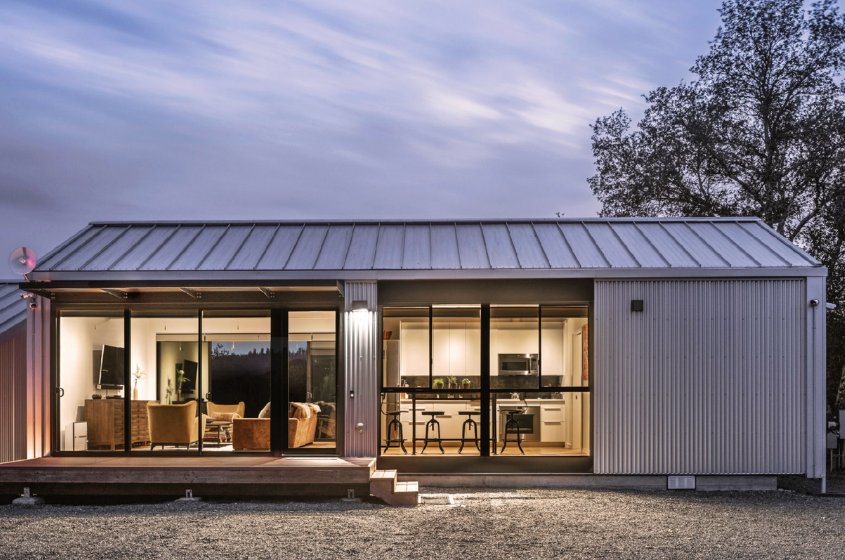
This is always a hard question to answer because it depends so much on the quality and finishes of the ADU. There was a study done in April 2021 which surveyed nearly 1000 people who had recently built an ADU. The median construction cost for people who built an ADU in the Bay Area was $177,500. This equates to $329 per sq ft.
I personally feel this number is a little low. If you are thinking of budgetting to build one, I think you would be wise to budget a minimum of $400 per sq ft just to be safe.
There are of course lots of companies that are promoting pre-fab ADUs as a cheaper and faster solution to building an ADU. However, I have found with a lot of these companies the actual cost is not that much cheaper than doing a regular stick build. (If you are interested in my blog posts about building check out some of my other blog posts, here)
The big advantage of going down the Pre-fab route is that it reduces your financial risk. Once the preliminary studies have been done, before you break ground you will have a contract that confirms exactly what the build and infrastructure costs are going to be so that you know exactly what you are going to spend up front. A lot of people will choose to go down this route for a combination of reasons, not least liking the overall aesthetic, but two of the big drivers are the reduced financial risk and a faster build process.
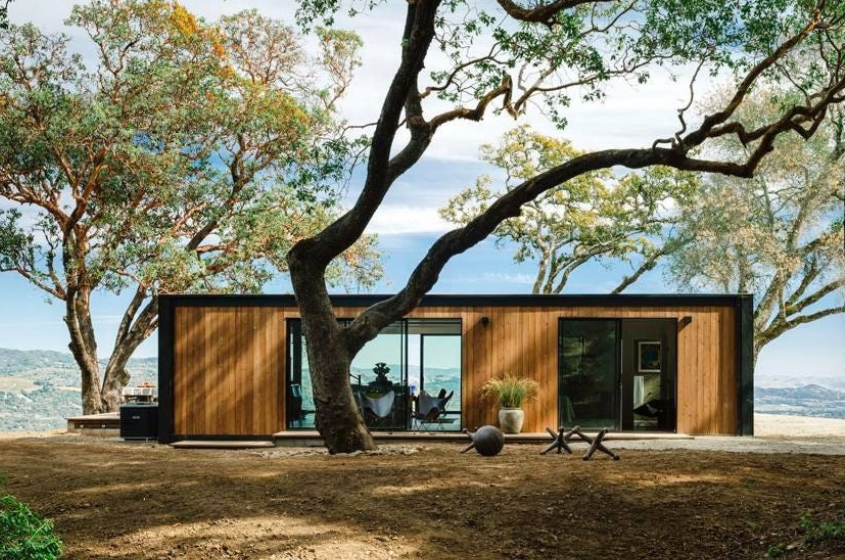
Why are so many people building ADUs?
I have a number of clients who have either bought homes with an ADU or have built an ADU to enhance the property.
From my experience, the reasons tend to fall into one of the following five categories:
- They want to expand the accommodation of the home for their own personal use and they see an ADU as the best way to do it but also knowing that it will add significant value to the home (compared to expanding the footprint of the main home)
- They want to create a way to earn income from the property and potentially offset the mortgage. You may be surprised to know that I have a client that has an ADU which is no more than 500 sq ft and they rent it out for $3200 per month in Healdsburg.
- In some cases, there isn’t even a financial need for the owner to rent the ADU out but they do so because it then enables the purchase to qualify as a 1031 exchange purchase.
- A number of my clients are looking for a home with an ADU, or looking to build one, so that they can house an aging relative or are future proofing the home for their own needs. By building an ADU as they age, they will have the ability to have a caregiver live with them, albeit in a separate unit. At the other end of the scale are young couples who are looking for a place for a nanny to stay because of the challenges of a Nanny finding accommodation that they can afford.
- The final category of ADU owners are investors. A single family home with an ADU can make a great investment. That’s why a number of properties in the City 44 and Kerry Ranch developments, which my brokerage is selling, have been purchased by investors. For $900k you can buy a home and an ADU that combined you can rent out for $5,500.
Why You Should Build An ADU Even If You Don't Need One!
When you consider the different profiles of buyers who want a home with an ADU you can see why homes with ADUs sell for disproportionately more money and faster than equivalent homes with no ADU. The reason is simple. Once you come to come to sell your home with an ADU you will not only be selling a home with a shiny new ADU (buyers love new construction) but you will open the potential pool of buyers for your home up to a much wider audience including investors, people with aging parents or people excited abot the income potential. The home I mentioned at the start of this blog post in Healdsburg was a case in point. It was priced at $1.195m and even in this market it will likely sell for $50k more than asking.







